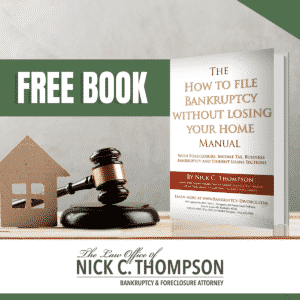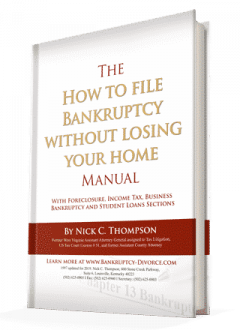The US Department of Education offers a student loan disability hardship due to permanent and total disability. The US Department of Education defines total and permanent disability as the inability to work and earn money because of an injury or illness. The illness or disability must continue indefinitely or result in death.
First, to qualify, you can automatically be eligible by having been awarded Social Security SSI. Second, you can submit a physician’s certification of total and permanent disability for a period that will last over 60 months. Third, you may also provide certification from VA that you had either TPD or PTD. The physician must certify you 100 percent disabled according to the definition. There is no need to attempt an undue hardship discharge. Discharge is automatic.
 Student Loan Death and Disability Hardship – Total and Permanent Disability (TPC)
Student Loan Death and Disability Hardship – Total and Permanent Disability (TPC)
⎆ Application Conditions
Before awarding total and permanent disability, student loans have a temporary conditional disability discharge (CDD) status. The borrower’s physician certified his or her TPD application for three years. During this period, you don’t have to pay the principal or interest. If you continue to meet the total-and-permanent disability requirements during, and at the end of the three-year conditional period, your loan qualifies for cancellation.
If you don’t continue to meet the cancellation requirements, you must resume payment. At the end of the three-year conditional discharge period, the borrower receives a discharge of his or her loan(s). During that period, the borrower receives a new FFEL, Direct, Perkins loan, or a new TEACH Grant. The borrower had annual earnings from employment above the poverty guidelines for a family of two in the borrower’s state.
⎆ Discharge Application
If the borrower does not meet either requirement during the period then the loan(s) are reinstated. Then, the borrower must make payments or fulfill his or her TEACH Grant service obligation. Veterans qualify for a permanent disability discharge under a separate process that does not require the conditional discharge period.
To begin the application process, the borrower must complete Section 1 of the Discharge Application: Total and Permanent Disability and sign and date the application in Section 3. The borrower will then need to have his or her physician complete Section 4 of the form. The borrower should make sure that the physician completes this section of the application thoroughly.
When applying for a TPD discharge can be found at the borrower responsibilities for discharge section of this site. Frequently asked questions for borrowers and a description of the TPD process are also available.
 Resources for Student Loans
Resources for Student Loans
Benefits of a Chapter 7 Bankruptcy • Video
Current Student Loan Interest Rates
Mortgage Modifications • Foreclosure Failures
Bankruptcy Time Limits and Filing Periods
Student Loan Rehabilitation Law New Regulations
Do you need help managing your student loan? Contact my office right away to start the conversation. Nick C. Thompson, Attorney: 502-625-0905.

 Student Loan Death and Disability Hardship – Total and Permanent Disability (TPC)
Student Loan Death and Disability Hardship – Total and Permanent Disability (TPC)

